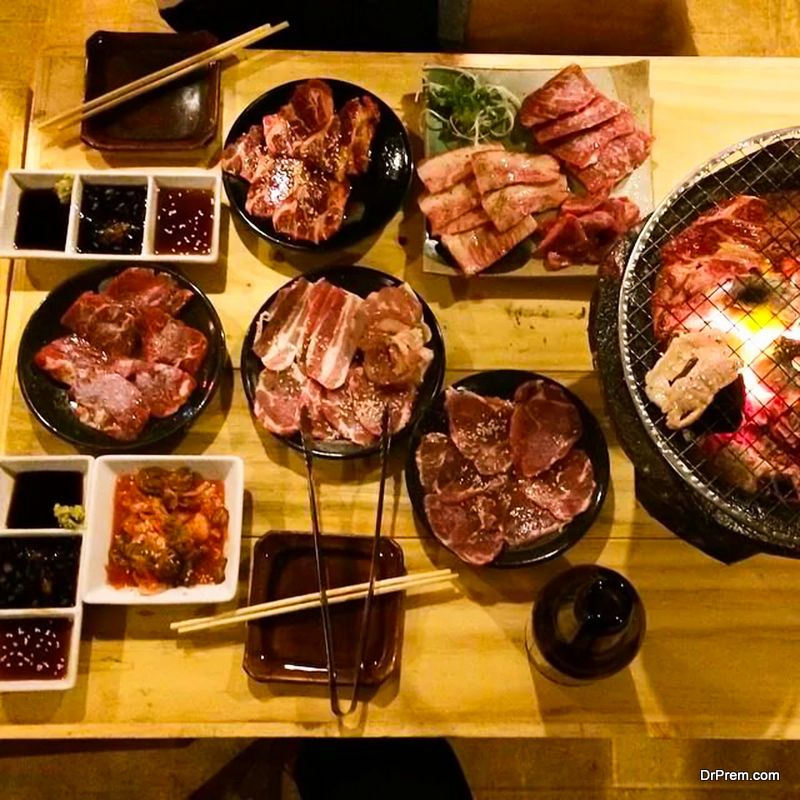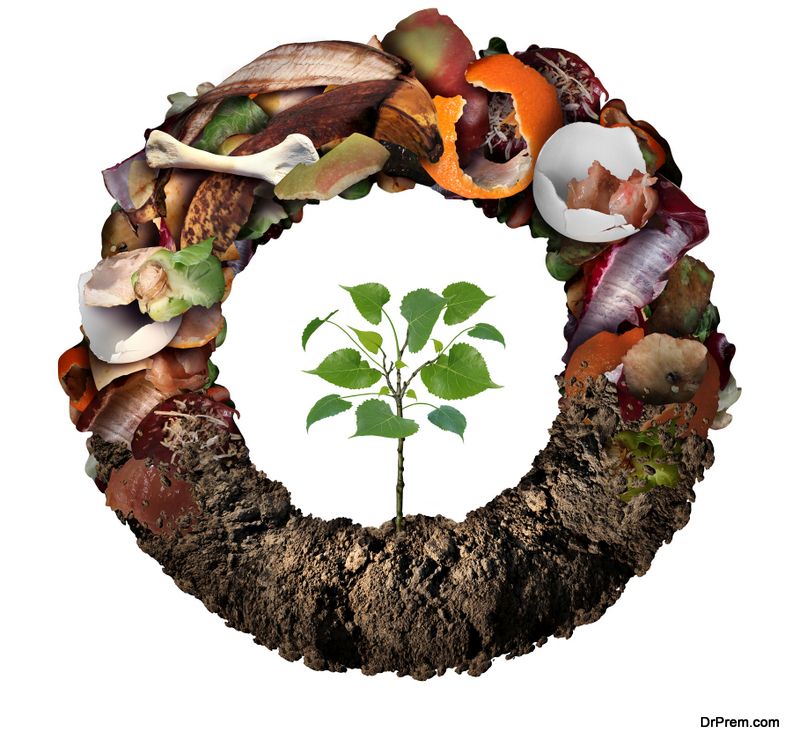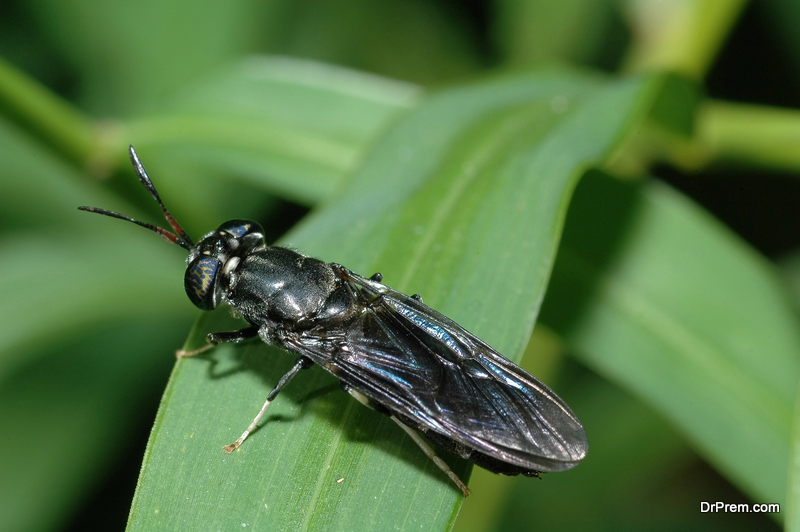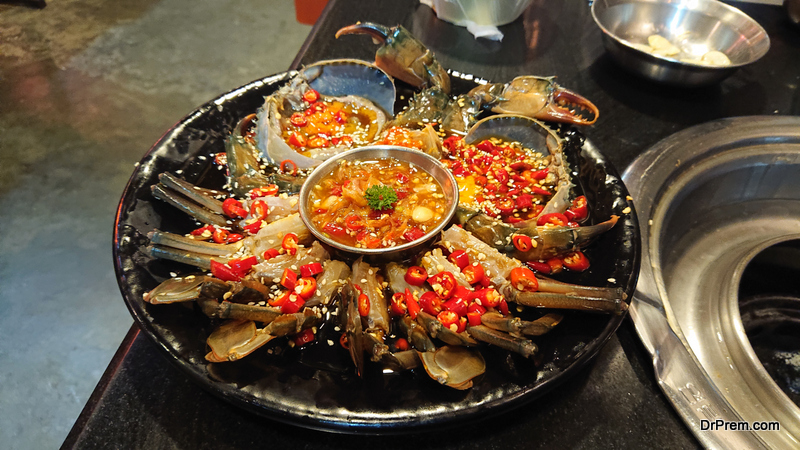Every year, over 1.3 billion tons of food is wasted. This amount of food is more than enough to feed all the hungry people in the world. Moreover, this amount of waste also becomes a nuisance for the environment. One of the measures to transform the global food system is to cut down on food waste by 20 million tons by 2030, according to World Economic Forum. The world can learn from South Korea, which used to produce a huge amount of food waste. Now, the country recycles 95% of the food waste. We can all learn from South Korea’s food waste management methods. Read on to find out more about it.
Food waste management tips we can learn from South Korea
1. Pay as you waste scheme
 In South Korean culture, there is a delightful tradition known as ‘banchan’. Banchan is the name for the huge array of the side dishes which are served with traditional South Korean meals. These dishes add taste to the food, and consist of from kimchis, fruit, fresh vegetables, meat, fish, pickles, pancakes et al. But rarely does banchan get all eaten. People eat a little bit of each or only some of the side dishes and the main course too has quite generous portions. So the amount of food waste generated in every meal is mind-boggling.
In South Korean culture, there is a delightful tradition known as ‘banchan’. Banchan is the name for the huge array of the side dishes which are served with traditional South Korean meals. These dishes add taste to the food, and consist of from kimchis, fruit, fresh vegetables, meat, fish, pickles, pancakes et al. But rarely does banchan get all eaten. People eat a little bit of each or only some of the side dishes and the main course too has quite generous portions. So the amount of food waste generated in every meal is mind-boggling.
The government finally took some steps which made a lot of difference to food waste management. In 2005, the government banned dumping food in the landfills.
In 2013, the ‘pay as you waste’ scheme, was devised to make people aware of the waste they produced and thus reduce the waste they produce. This scheme is compulsory for the citizens of South Korea, who have to buy biodegradable bags to dispose off their food waste. An average family of four persons pays around $6 per month for the bags. To avoid the cost of buying too many bags, many people have started composting at home.
The revenue from the bag is used to run the scheme, which has helped recycling in South Korea to a great extent. The food waste which was recycled has increased exponentially, from 2% in the year 1995 to 95% currently.
2. RFID food waste collection method
 In some of the districts of Seoul, a high-tech version of waste collection is used, and has yielded better results. In apartment complexes, large waste boxes or receptacles made of metal, fitted with RFID or Radio Frequency Identification chip reader and measuring scales are placed. The residents of the complexes can deposit waste directly, without the bag, and this is method is more environmentally friendly too.
In some of the districts of Seoul, a high-tech version of waste collection is used, and has yielded better results. In apartment complexes, large waste boxes or receptacles made of metal, fitted with RFID or Radio Frequency Identification chip reader and measuring scales are placed. The residents of the complexes can deposit waste directly, without the bag, and this is method is more environmentally friendly too.
The machine can calculate the money/fee that the person has to pay by weighing the food waste amount. The money is paid by swiping card in the machine’s scanner. Modern methods of food waste management such as this one have been highly successful. Approximately, 47,000 tons of wasted food was reduced. One of the main reasons for the success of the RFID machines is that people have to remove moisture from the food, as this reduces the weight of the food and they have to pay less.
Thus, the amount of food waste in the machines is much less, and the collection and other logistical costs are also reduced, to the tune of 8.4 million dollars.
3. Recycling food waste as fertilizer and animal feed
 Food waste recycling in South Korea has led to the wasted food being used as fertilizer. Many private operators have opened facilities to recycle the food waste into animal food. Every day, the 300-400 tons of the wasted food is turned into food for animals.
Food waste recycling in South Korea has led to the wasted food being used as fertilizer. Many private operators have opened facilities to recycle the food waste into animal food. Every day, the 300-400 tons of the wasted food is turned into food for animals.
The waste food is separated from non-food articles such as plastic bags in separators in underground tanks. Then the waste is squeezed in a cone shaped screw press and the moisture is reduced. The moisture or the waste ‘juice’ is collected in an underground tank, and then sent to wastewater treatment facility. There, it is fermented and methane is produced which is used as biofuel.
The dry, solid waste left behind is dried in steam dryers for about 3-4 hours at a temperature of 120 degrees C. Impurities are extracted and dried, and the waste is then powdered. The animal feed is then ready.
Food waste management has thrown up some lucrative business opportunities for Koreans, which has helped the economy and the environment.
4. Putting flies to work
Food waste management has led to innovative ways to treat the waste and convert it to something useful. For example, in a facility in Gimje in South Korea, 2 billion flies (black soldier) work hard.
They are put in net-lined rooms/chambers where they break down 100 tons of waste food daily. Then the larvae of the soldier fly are raised on food waste for more than two weeks. The larvae are dried after being separated from the excrement. The oil is taken out from the larvae, dried again, and pulverized. The pulverized flies are used as animal feed, and the excrement is put to use as fertilizer. The oil extracted earlier is added to the animal feed as a natural immunity booster.
This unique food waste management technique is rich in protein, and the oil has many antibiotic substances, which help animals become resistant to disease.
5. Creating awareness
People, who are spearheading the zero waste movement in South Korea, believe that waste can be reduced by educating the people and spreading awareness about the methods of using less food. For example, serving less banchan, that is only the quantities which can be eaten. To change the culture is extremely difficult, but gradually education can help to slowly bring about a change.
Solutions such as the RFID are results of waste, and the causes have to be dealt with. Buying less food is one of the solutions, as when more food that is required is bought, it tends to go to waste in the fridge, and is ultimately thrown out, adding to wasted food.
South Korean people and the government have embraced the various techniques to manage food waste successfully, and the world would do well to follow their example.



